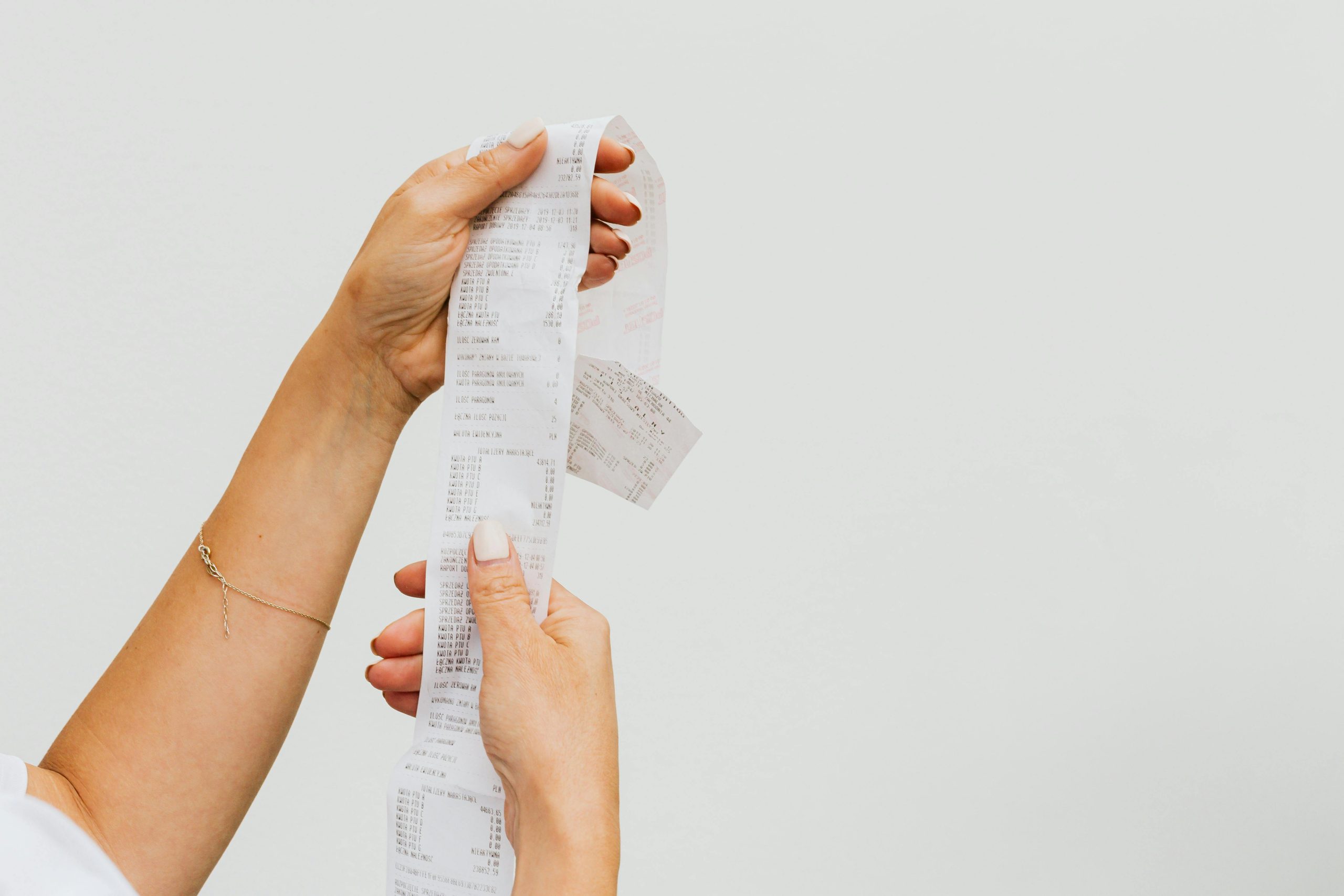How barcodes and transaction codes can be hijacked by fraudsters.
Receipts might seem harmless—just printed proof of your purchase. But in reality, they can contain sensitive information that fraudsters are learning how to exploit. From store returns to credit fraud, your receipt could be a goldmine for cybercriminals if it ends up in the wrong hands.
🧾 What’s Hidden in Your Receipt?
Modern receipts often include:
- Barcodes or QR codes that link to transaction details
- Transaction ID numbers
- Store location and cashier information
- Last digits of your payment card
- Loyalty program data or account references
These codes and numbers may be enough to duplicate a return, request a refund, or clone your customer profile.
🎯 How Scammers Exploit Receipts
🔁 Fake Return Scams
Fraudsters scan or copy your receipt barcode and try to:
- Return items they never purchased
- Get cash or store credit
- Swap the real item for a lower-quality one
📲 Mobile App Fraud
Some retailers allow returns or tracking via apps using receipt codes. Scammers can:
- Access your purchase history
- Hijack loyalty points or coupons
- Spoof digital receipts for future fraud
💳 Credit Card Fraud
Though most receipts mask your full card number, some POS systems expose too much info. Paired with other details, scammers can:
- Attempt phishing
- Social engineer your financial institution
- Reconstruct your identity over time
🛡️ How to Protect Yourself
✅ 1. Don’t Share Receipts on Social Media
Even sharing a receipt to show off a good deal can expose valuable barcodes.
✅ 2. Destroy or Shred Old Receipts
Tossing your receipt in a public trash bin is a bad idea. Shred or burn them when possible.
✅ 3. Turn Off E-Receipts When Unnecessary
Digital receipts can be hacked too. Only opt-in for services you trust.
✅ 4. Monitor Your Loyalty and Store Accounts
Check for any unusual activity, returns you didn’t initiate, or missing points.
✅ 5. Report Lost Receipts Linked to High-Value Items
Some receipts are as valuable as the item itself. If you lose one, notify the store immediately.
🚨 High-Risk Scenarios
- Expensive electronics or jewelry purchases
- Receipts for gift cards or digital credits
- Restaurant bills with partial card info
- Loyalty program purchases
- Public Wi-Fi use while accessing e-receipts


